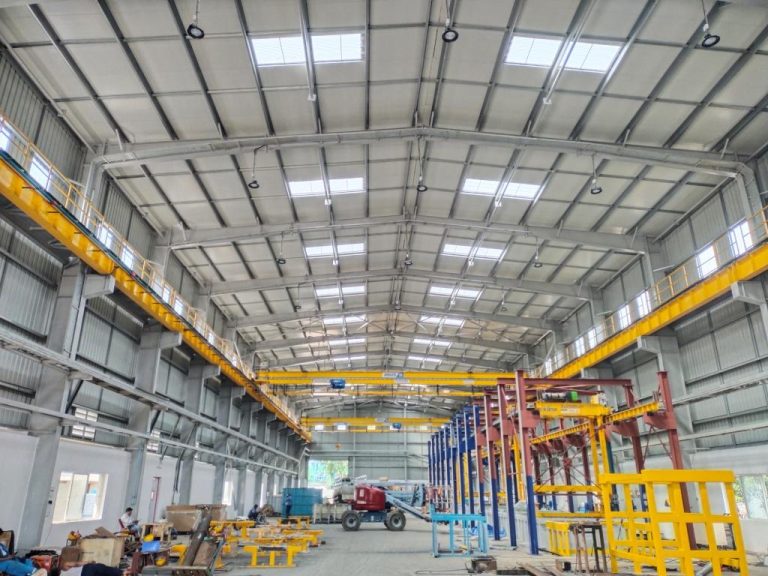Introduction

Pre-engineered buildings (PEBs) are advanced steel constructions that make it possible to construct intricate industrial setups including industrial plants, warehouses, metros, and bridges. They are constructed on-site after being produced in a factory off-site. A PEB is made up of a number of parts, such as the main frame, the wall and roof panels, sandwich panels, supplementary structural elements, and various accessories. PEBs have a number of benefits, including stringent quality control, low maintenance, longevity, and cost-effectiveness. Unitech Structural Works is a great option if you're searching for a reputable business in Kolkata or West Bengal that can offer you pre-engineered structures. They offer reasonably priced, high-quality PEBs to a wide range of sectors.



